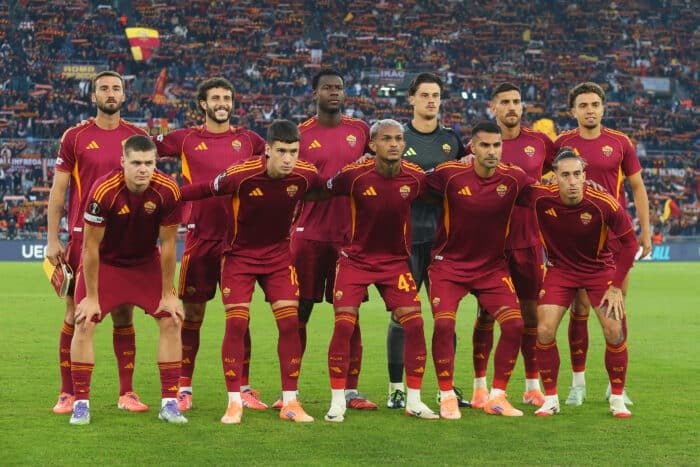Roma in FC 26 finally mirrors what supporters see every weekend. The engine rewards structure and quick combinations, which suits a group built around Lorenzo Pellegrini as connector, Bryan Cristante as shield and tempo keeper, and Paulo Dybala as the creative spark who drifts into pockets before play flips to the weak side. If you manage multiple saves or jump between platforms, tools that help with access such as FC 26 accounts can live in the background while you focus on the football.
Out of possession Roma benefits from tighter spacing and smarter recovery runs. Gianluca Mancini holds the line, Evan Ndicka covers the channel, and Mile Svilar is rewarded for strong positioning over pure reflex spam which reduces wild scrambles after blocked shots. The far side defender tucks in earlier against the back post and the midfield screen closes the cutback lane more often, which fits how Roma sees out close matches. These roles match the current core and help the team protect a lead without resorting to panic clearances.
With the ball the game elevates Roma’s best habits. Pellegrini and Tommaso Baldanzi take turns receiving between the lines while Dybala links short and then releases the runner. Switches to the advanced fullback land cleaner because the first touch carries forward, so early whipped deliveries arrive with pace. Artem Dovbyk attacks the blindside shoulder and times the near post dart, a pattern that pairs well with Matías Soulé cutting in from the right to finish or slide an angled pass. The flow is patient and then suddenly incisive, which feels authentic across long sessions.
Depth pieces are represented in ways that matter for match rhythm. Devyne Rensch offers energy on the flank when Roma needs to press higher. Angeliño gives quality on early crosses, while Kostas Tsimikas provides safe progression when the game state demands control over risk. The midfield can add legs with Niccolò Pisilli or power with Manu Koné, and none of those swaps break the passing patterns that define Roma’s identity. The result is a squad that can rotate without losing tone during busy weeks.
Calendar context still shapes a season. If you want a neutral overview of structures and congestion windows that influence rotation choices, compact rundowns like FC 26 Leagues help you plan cup runs without dulling league form. Use that frame to protect the spine of Svilar, Mancini, Ndicka, Cristante, Pellegrini, Dybala, and the front options who carry chance creation. It keeps late match control intact and sustains the steady build that Roma prefers.
Small gameplay touches make the difference in the final third. Shielding no longer freezes possession which lets Pellegrini peel out of pressure and bounce a one two into space. Grounded square balls reach the penalty spot with more zip, so Dovbyk and late runners like Baldanzi arrive on time rather than waiting on slow service. Soulé’s first touch at the corner of the box opens the classic curl or the disguised reverse, and Dybala’s quick set before a threaded pass feels truer to life. When Roma need a calmer phase, Cristante’s angles ease pressure and reset tempo without surrendering territory. All of this lines up with the way the current group has been used this season.
Roma’s FC 26 build captures grit and craft without gimmicks. Defensive shape holds, the midfield triangle breathes, and the attack rewards timing rather than tricks. Keep account logistics and league research as supporting tools, trust the present day squad rather than legacy names, and lean into the patterns that already work. From Svilar’s poise through Mancini and Ndicka’s control to the creativity of Pellegrini, Dybala, Baldanzi and Soulé with Dovbyk up front, it feels like the most authentic digital Roma in years.





